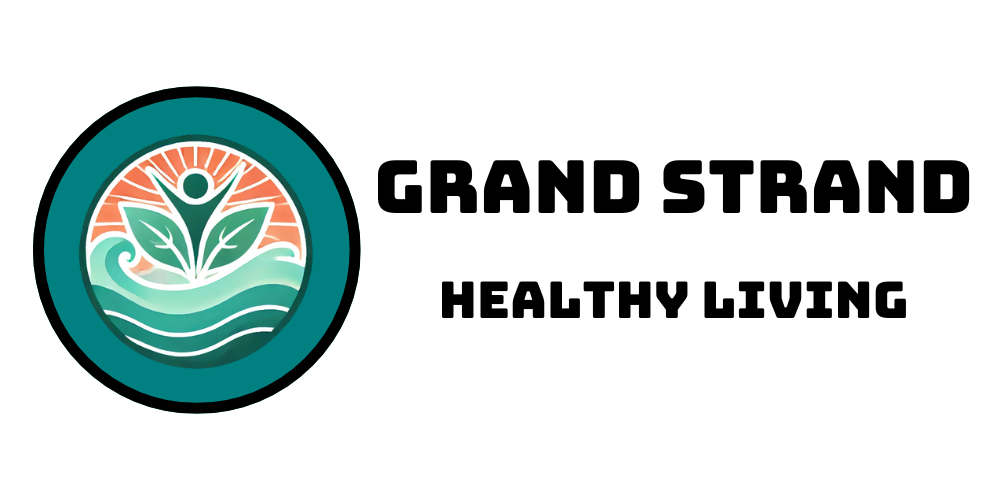
Understanding the Rise of Congenital Syphilis in Newborns
Recently released data reveals a troubling trend: while reports of sexually transmitted infections (STIs) have dropped by 9% across the United States, cases of congenital syphilis, which occurs when the disease is transmitted from mother to child during pregnancy or delivery, have surged for the twelfth consecutive year. It is estimated that nearly 4,000 infants will be born with this serious condition in 2024 alone. This marks a staggering 700% increase since 2015, a situation that starkly contrasts with the overall decline in other STIs.
Why is Congenital Syphilis on the Rise?
The rise in congenital syphilis is even more perplexing given the general decline in STIs. Experts point to several factors contributing to this trend, including significant cuts to federal funding for STI prevention programs since the early 2000s. Economic and social factors, such as poverty and lack of health insurance, have also created significant barriers to accessing adequate prenatal care, which is essential for preventing syphilis transmission to fetuses.
The Impact of Systemic Barriers on Health Outcomes
Dr. Bradley Stoner from the CDC highlights the critical role that reductions in STI services play in the upward trajectory of congenital syphilis cases. The challenges are multifaceted: many pregnant women lack access to consistent healthcare, and those who do face providers who may be unfamiliar with syphilis testing and treatment protocols. This lack of familiarity can lead to missed diagnoses and an increased risk of severe health outcomes for newborns.
Broader STI Context: What the Numbers Reveal
The troubling rise of congenital syphilis is further complicated by the broader landscape of STIs. While overall cases of conditions like chlamydia and gonorrhea have decreased, these reductions do not tell the full story for congenital syphilis. Elizabeth Finley from the National Coalition of STD Directors emphasizes that rising STI rates in a community correspond to a heightened risk of congenital syphilis cases. Therefore, as STIs become more prevalent, the risk of transmission during pregnancy rises correspondingly.
Addressing the Problem: Lessons Learned and Future Strategies
Addressing the rising cases of congenital syphilis necessitates a multi-pronged approach, combining increased funding for STI prevention and education about syphilis that can empower both healthcare providers and patients. Raising public awareness about the importance of prenatal care and regular STI testing is crucial. Communities along the Grand Strand, from Myrtle Beach to Pawleys Island, can especially benefit from localized educational campaigns that highlight the signs of syphilis and available treatment options.
The Role of Community Health Initiatives
For residents of North Myrtle Beach, Surfside Beach, and surrounding areas, strengthening public health initiatives can help curb the incidence of congenital syphilis. Accessible testing and treatment, coupled with community engagement and support for at-risk populations, can play significant roles in changing health outcomes. Whether it’s through local health clinics or outreach programs, efforts must be intensified to safeguard the health of mothers and their newborns.
Community Action: What Can You Do?
As concerned community members, residents can advocate for better health resources and ensure that discussions about STIs are part of regular conversations about health. Promoting access to prenatal care not just among friends and family, but in community forums and social gatherings, can create an informed populace that prioritizes the health of future generations.
As we face rising rates of congenital syphilis, understanding this public health issue and participating in preventive measures can be vital for ensuring healthier outcomes for all newborns in the Grand Strand area and beyond.
Given the challenges ahead, it’s more important than ever for communities to rally together, staying informed about syphilis risks and advocating for improved healthcare access. You can take action today by reaching out to local health departments or organizations that work on STI-related education and prevention initiatives. Having these conversations can make a critical difference in combatting this rising public health concern.
 Add Row
Add Row  Add
Add 





Write A Comment